The most accurate examination methods for lower back pain mainly include magnetic resonance imaging, computed tomography, X-ray examination, ultrasound examination, and laboratory examination.
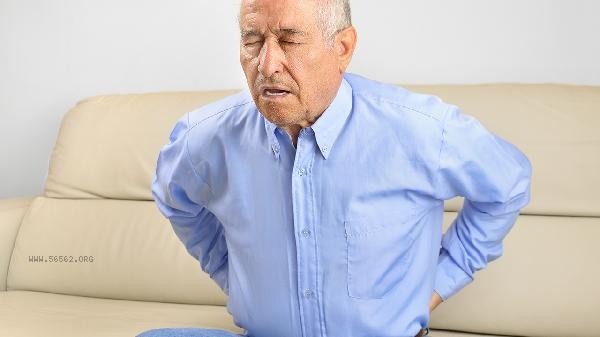
1. Magnetic resonance imaging
Magnetic resonance imaging can clearly display the lesions of the lumbar disc, nerve roots, and surrounding soft tissues, and has a high diagnostic accuracy for diseases such as lumbar disc herniation and spinal stenosis. This examination is radiation free and suitable for special populations such as pregnant women and children, but the examination time is longer and the cost is higher.
2. Computed tomography
Computed tomography can quickly obtain cross-sectional images of the lumbar spine, showing clear bone structure, and is suitable for the diagnosis of bone lesions such as fractures and bone tumors. The examination time is shorter than magnetic resonance imaging, but there is a certain amount of radiation, which is not suitable for repeated examinations in the short term.
3. X-ray examination
X-ray examination is the basic examination method for lower back pain, which can display the overall arrangement and bone changes of the lumbar spine, and has diagnostic value for scoliosis, compression fractures, etc. The examination cost is low and the operation is simple, but the resolution of soft tissue is poor, and it cannot directly display intervertebral discs and nerve structures.
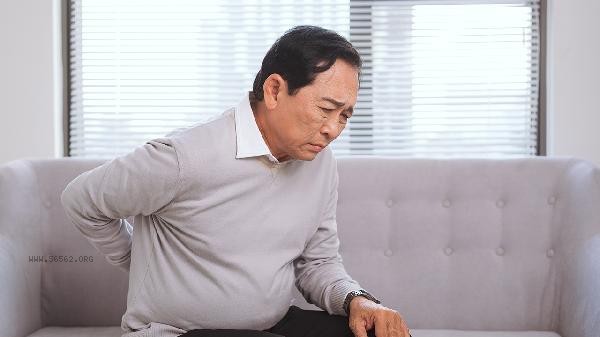
4. Ultrasonic examination
Ultrasonic examination is suitable for evaluating soft tissue injuries such as lumbar muscles and ligaments, and has an auxiliary diagnostic role in diseases such as lumbar muscle strain and fasciitis. The examination is non-invasive and radiation free, allowing for dynamic observation of muscle movement, but the display effect on deep tissues is limited.
5. Laboratory examination
Laboratory examination can help diagnose lower back pain caused by ankylosing spondylitis, kidney stones, etc. through analysis of blood, urine, and other samples. Blood routine, C-reactive protein, erythrocyte sedimentation rate and other indicators can reflect the degree of inflammation, and uric acid testing is helpful for the diagnosis of gouty lower back pain. Patients with lower back pain should pay attention to maintaining correct sitting and standing postures in daily life, and avoid staying in the same position for a long time. Moderate waist muscle exercises such as the five point support method and Xiaoyanfei can enhance waist stability. Choose a mattress with moderate hardness during sleep and avoid sleeping on a soft or hard bed. During the acute phase, local hot compress can relieve pain, but attention should be paid to temperature to avoid burns. Eating foods rich in calcium and vitamin D, such as milk, eggs, and deep-sea fish, can help promote bone health. If the lower back pain persists or is accompanied by symptoms such as numbness and weakness in the lower limbs, timely medical attention should be sought to clarify the diagnosis.
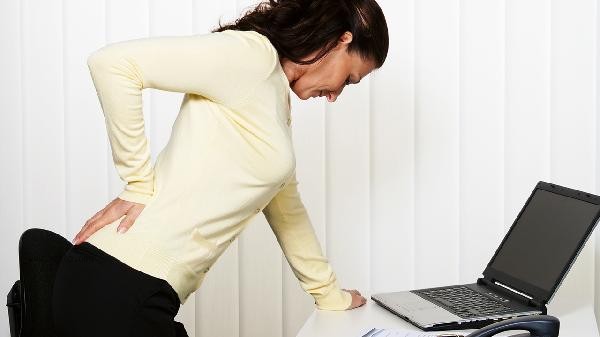

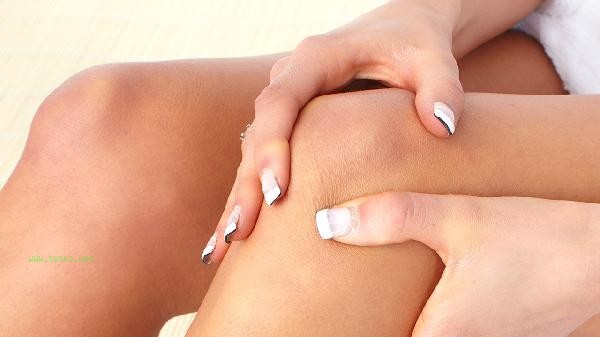
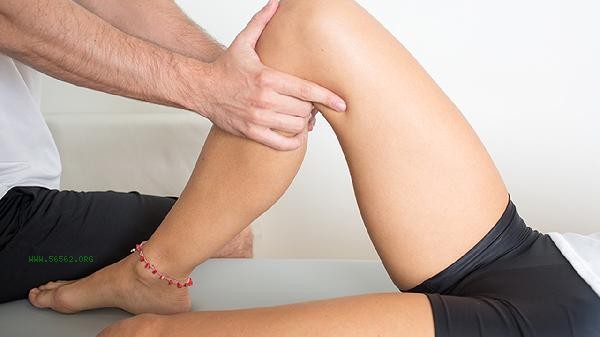
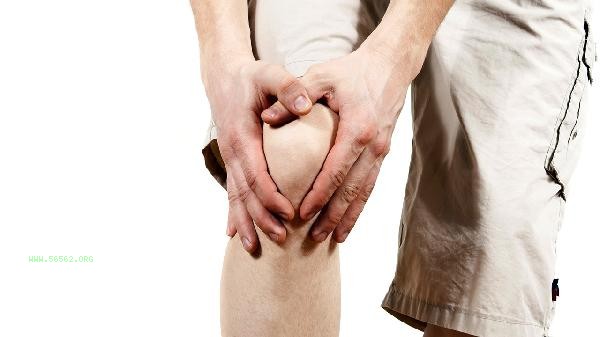

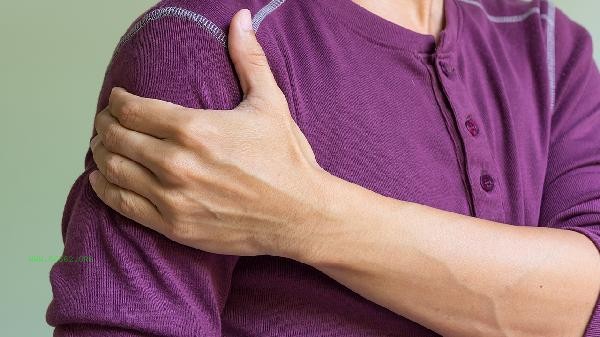


Comments (0)
Leave a Comment
No comments yet
Be the first to share your thoughts!